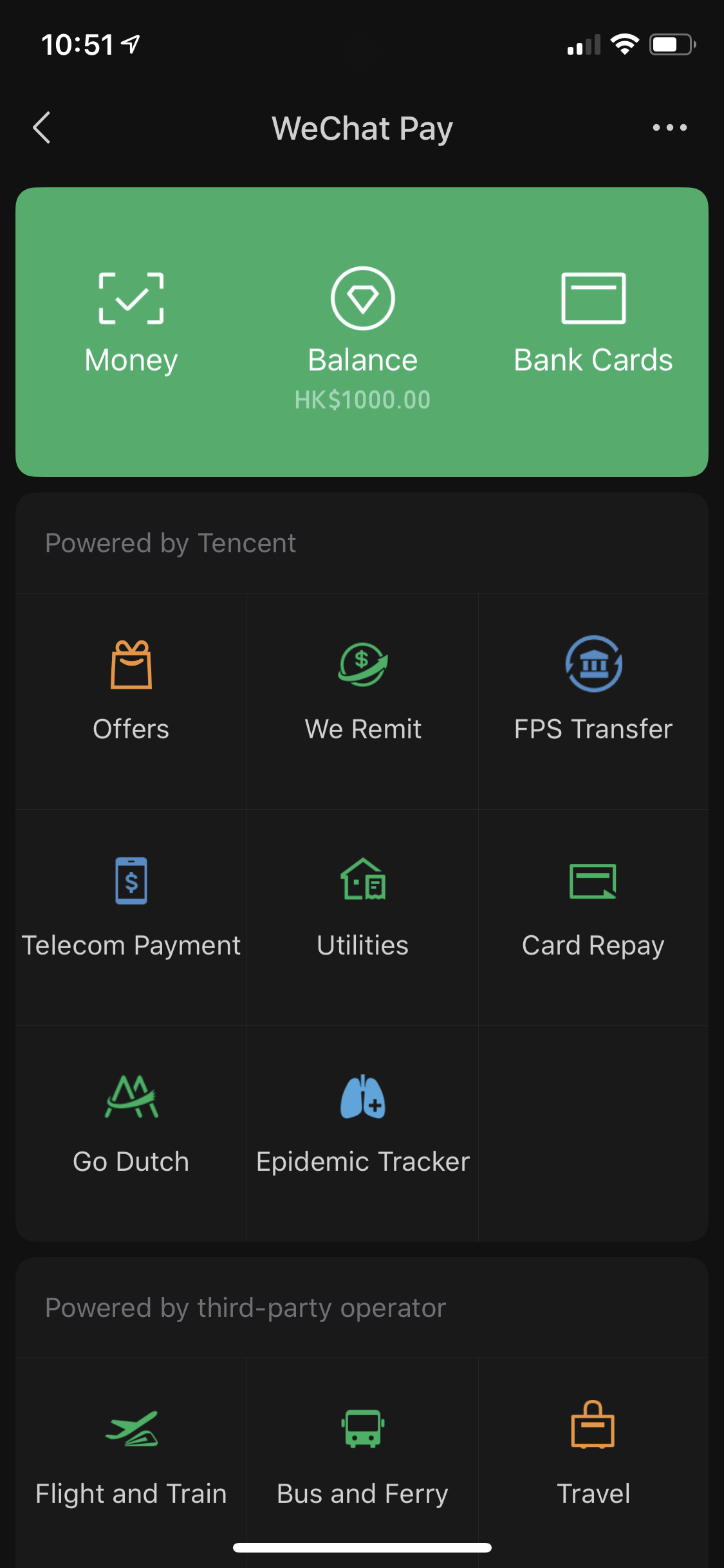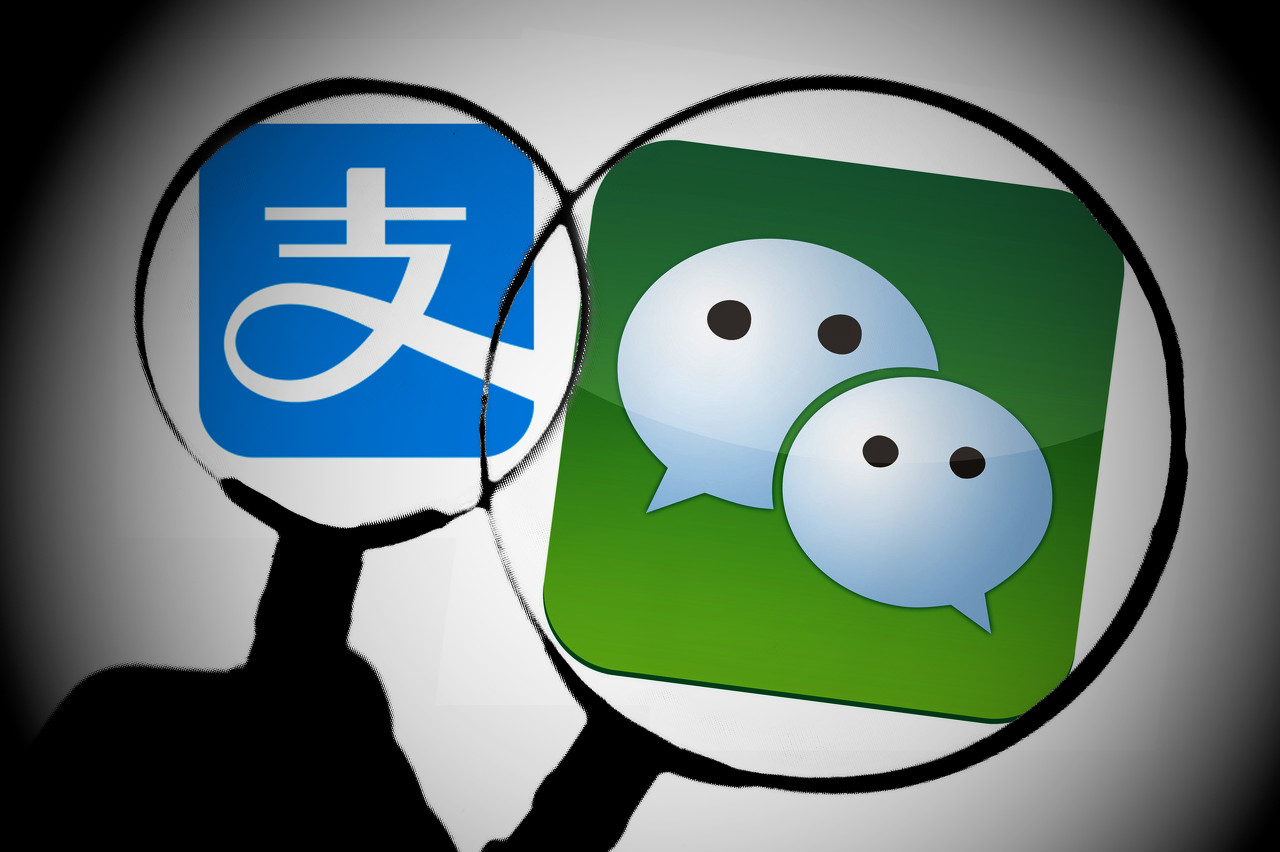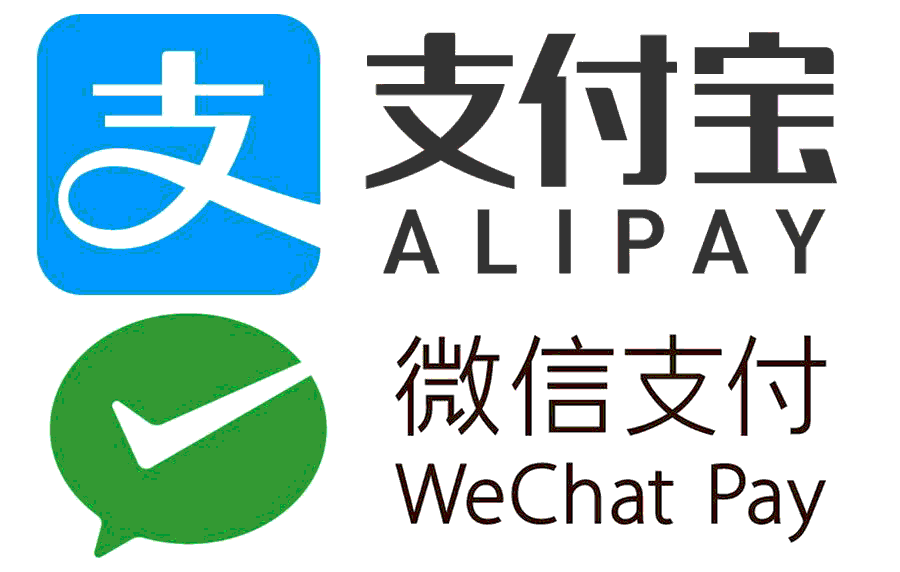

This is especially true in the case of cross border payments which can be highly expensive, especially due to inefficiencies in the current global banking system.ĬBDCs may also lead to greater financial inclusion due to the fact that they do not require consumers to hold bank accounts. Moreover, while it does borrow a few technical elements from Bitcoin, it is-unlike Bitcoin-controlled by a central bank.ĭigital Currencies- the good and the terribleīefore discussing what this new technology would do for China, it is imperative to address the million-dollar question: why are central banks across the globe doing this?Ĭentral bank digital currencies (CBDCs) promise faster settlements and have transaction costs that are lower than cash. As per officials from the People’s Bank of China, the design eCNY follows does not use the blockchain technology most cryptocurrencies rely on. So far, not many retailers have agreed to accept the novel currency, but these trials indicate that the central bank digital payment system is user-friendly and similar to existing payment systems in China such as Alipay.Ĭoming to technical aspects, not a lot can be said about digital currency yet.
#Some china ecny alipay wechat pay code#
To spend the money, these people allowed cashiers to scan a QR code using the eCNY app. In the aforementioned trials, people received their balance of 200 yuan on their smartphones. The digital currency uses a new payment system, Digital Currency Electronic Payment (DCEP), which allows people to make transactions by scanning a QR code. The latter of this will then be responsible for getting the currency into the hands of consumers and will also take care of conversions from physical to digital cash.

#Some china ecny alipay wechat pay trial#
A trial conducted in the first week of June 2021 handed out 40 million renminbi (the official title of the Chinese currency, of which the yuan is a unit), or $6.2 million, in digital currency to citizens in Beijing, where each packet contained around 200 yuan ($31).ĭistribution of the currency will be conducted via a two-tier system, which will entail the PBOC distributing the digital yuan to commercial banks. These trials took place in the form of a public lottery earlier in 2021, with authorities giving away new year’s ‘digital red packets’ with eCNY worth around $30. Now, the trials for the currency have been expanded to China’s bigger cities such as Beijing and Shanghai. Two years later, a division called The Digital Currency Research Institute was created which, in 2020, began trials of the eCNY in Shenzhen, Suzhou, Xiongan and Chengdu. How did this digitalisation come about? Shortly after Bitcoin gained traction in the People’s Republic of China, in 2014, its central bank-the People’s Bank of China (PBOC)-set up an internal group to work on the development of a national digital currency.

As of now, no official launch date has been announced for the digital currency, although speculation says China wishes to have everyone use the eCNY for transactions by next year’s Winter Olympics. The currency in question is a digital version of China’s national currency, the yuan, called eCNY or digital CNY (Chinese yuan). This is not exactly a new currency, but a rather new form of an existing one. One country leaving most of the world far behind in this digital race has been China. Meanwhile, the United States has conducted preliminary research and plans on engaging the public with the digital dollar later this year. For example, the Bahamas launched the ‘ Sand Dollar’ in October 2020, and Sweden has been conducting real-world trials of a digital krona. Since 2020, more than 60 countries have researched and experimented with the idea of a national digital currency.

Nonetheless, despite the esoteric nature of such currencies, the increasing value and acceptance of cryptocurrencies coupled with fears over their volatile nature have led many countries to consider their own digital currencies. Here’s the thing, though: despite what we read about Bitcoin-or even Facebook’s cryptocurrency Diem (formerly known as Libra)-not a lot of people know how they work. On 18th August 2008, a new domain name was bought for the world’s first official but virtually unknown cryptocurrency: Cut to 2021, and the word Bitcoin is known by almost everyone-especially with the cryptocurrency’s skyrocketing highs and subsequent lows earlier this year.


 0 kommentar(er)
0 kommentar(er)
